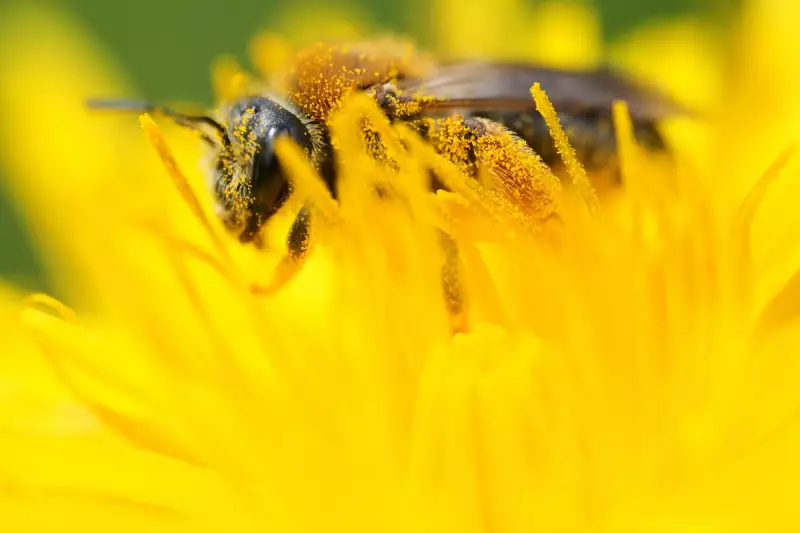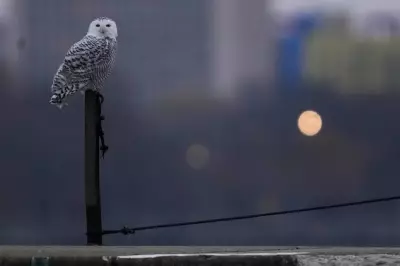
Europe is facing an alarming ecological crisis as new data reveals nearly one quarter of its bee and butterfly species are now threatened with extinction. The comprehensive assessment by the International Union for Conservation of Nature (IUCN) paints a devastating picture of pollinator decline across the continent.
The Silent Disappearance of Vital Pollinators
According to the updated European Red List, a staggering 24% of Europe's bumblebee species are now hovering on the brink of extinction. The situation is equally dire for butterflies, with 19% of species classified as threatened. This represents a significant increase in extinction risk since the last major assessment.
Dr. Klaus Henle of the European Commission warned: "When we lose these species, we risk the collapse of entire ecosystems. Pollinators aren't just beautiful creatures - they're essential workers in our natural world."
What's Driving the Decline?
The primary threats identified by conservation experts include:
- Intensive agriculture destroying natural habitats
- Pesticide use directly poisoning insect populations
- Urban development fragmenting remaining wild spaces
- Climate change disrupting seasonal patterns and food sources
A Warning Bell for Food Security
The disappearance of these pollinators poses a direct threat to human food production. Bees, butterflies and other pollinating insects are responsible for the reproduction of nearly 90% of the world's wild flowering plants and 75% of leading global food crops.
"This isn't just an environmental issue - it's a food security crisis in the making," explained Professor Anna Davies, an ecologist at the University of Leeds. "Without these insects, our supermarkets would look very different indeed."
Is There Hope for Recovery?
Conservation groups are calling for immediate action, including:
- Creating pollinator-friendly corridors across agricultural landscapes
- Reducing pesticide use through stricter regulations
- Restoring wildflower meadows and natural habitats
- Implementing nationwide monitoring programmes
While the situation appears dire, experts emphasize that with coordinated conservation efforts, many species can still be pulled back from the brink. The time for action, however, is rapidly running out.





